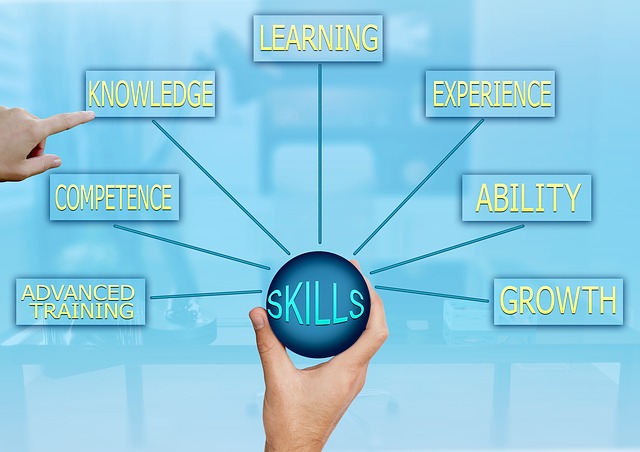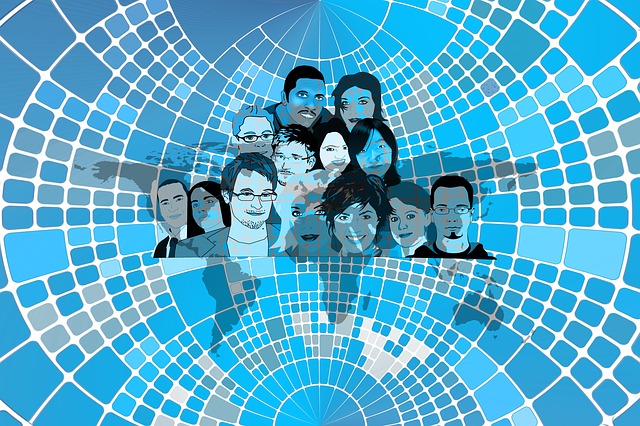Mitra Manesh, in her podcast on Mindfulness and Responsibility, noted that the word “responsibility” has two components – “response” and “ability”. Her discussion and guided meditation are aimed at expanding our ability to respond rather than react.
Mitra maintains that mindfulness meditation, encompassing mindful breathing and body scan, can increase our response options so that our life is not governed by reactivity. To this end, she leads us in a guided meditation on two occasions throughout the podcast.
During her podcast, Mitra Manesh defines mindfulness as ‘kind awareness and acceptance of our present moment”. She notes that mindfulness has three essential elements – kindness, acceptance and the present moment. As we grow in mindfulness, we increase our response choices so that we are not held captive to our habituated, reactive responses.
We can more readily accept the present moment with kindness towards ourselves and others. Kindness towards ourselves requires self-compassion and self-acceptance. Kindness towards others involves consideration and compassion – being thoughtful and empathetic towards others and their needs.
Reactivity
Typically, in a wide range of situations, we react without thinking or being aware of the consequences of our words or actions for ourselves or others. If someone “steels” our parking space during busy Christmas shopping, we may have some choice words to say and/or gestures to make. If someone’s behaviour sets off a trigger for us, we will often react in an inappropriate way, usually with a response whose intensity does not match the seemingly, insignificant word or action that triggered the response – we are in a heightened reactive mode.
Reactivity taps into habituated behaviour that we have developed over time in response to various stimuli in our lives – stimuli such as disturbing situations, annoying people or frustrated expectations.
Mindfulness and response ability
Mindfulness enables us to identify the negative triggers, isolate our reactive response, name our feelings and provide us with a choice space between stimulus and response. We are able to expand our choice of responses and maintain calmness and clarity despite the disturbing nature of the situation.
Mindfulness helps us to show up differently in our relationships. Instead of reacting to conflict with our life partner or colleague by our habit of withdrawal, sullenness or hurtful words, we can have the presence of mind to avoid inflaming the situation and, instead, show consideration and kindness. Habituated reactivity fractures relationships, mindful responsiveness enriches them.
Our response ability develops with meditation practice because it helps us to grow in self-awareness and self-management. Mindfulness practice expands our response choices as we “walk the streets of life”.
Note: Mitra Manesh’s podcast is provided as one of the weekly mindfulness podcasts provided by the Mindfulness Awareness Research Center (MARC) at UCLA.
By Ron Passfield – Copyright (Creative Commons license, Attribution–Non Commercial–No Derivatives)
Image source: courtesy of Curriculum_Photografia on Pixabay
Disclosure: If you purchase a product through this site, I may earn a commission which will help to pay for the site, the associated Meetup group and the resources to support the blog.










